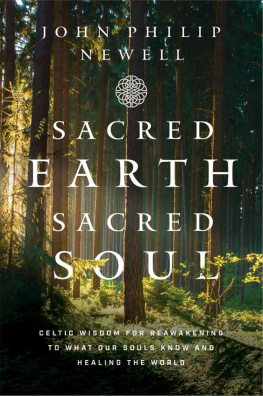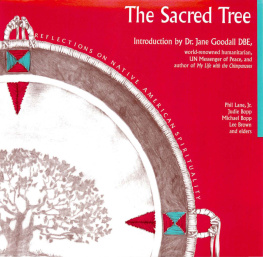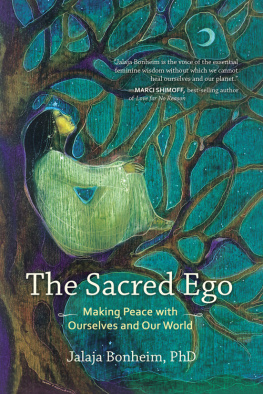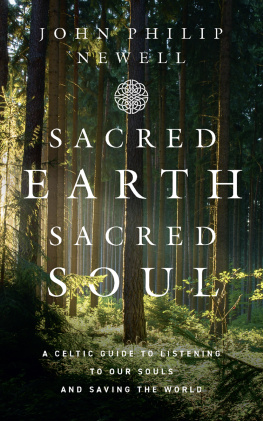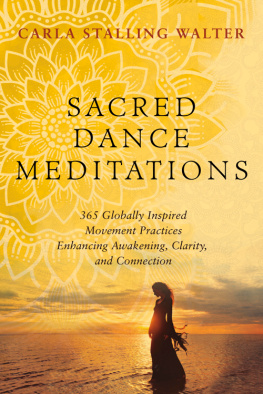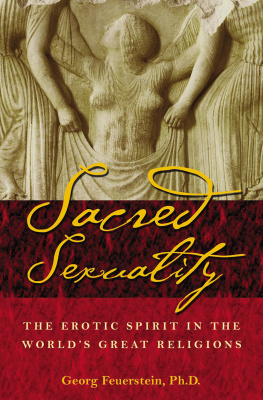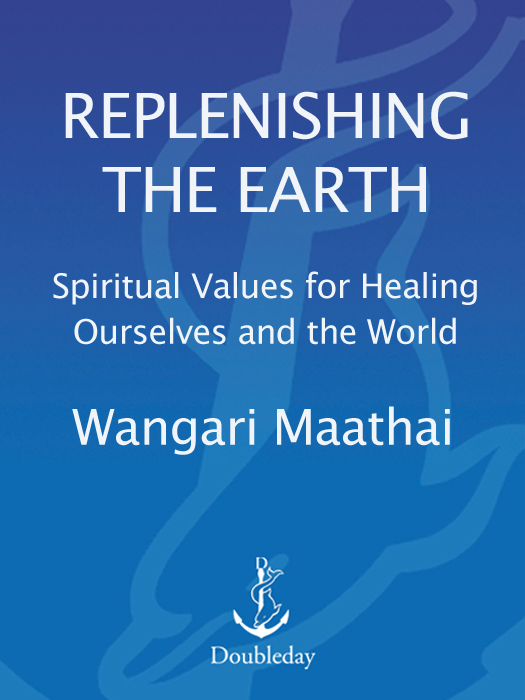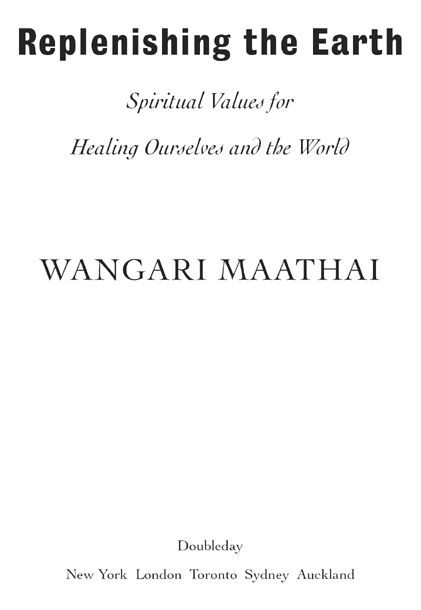Also by Wangari Maathai
The Green Belt Movement:
Sharing the Approach and the Experience
Unbowed: A Memoir
The Challenge for Africa

DOUBLEDAY
Copyright 2010 by Wangari Muta Maathai
All rights reserved.
Published in the United States by Doubleday Religion, an imprint of the Crown Publishing Group, a division of Random House, Inc., New York.
www.crownpublishing.com
DOUBLEDAY and the DD colophon are registered trademarks of Random House, Inc.
All biblical quotations are taken from the New Revised Standard Version of the Bible. Iowa Falls, Iowa: World Bible Publishers, Inc., copyright 1989.
Library of Congress Cataloging-in-Publication Data
Maathai, Wangari.
Replenishing the earth: spiritual values for healing ourselves and the
world / Wangari Maathai.1st ed.
p. cm.
1. Human ecologyReligious aspects 2. Human ecology
3. Spiritual healing. I. Title.
BT695.5.M315 2010
261.88 dc22 2010009034
eISBN: 978-0-307-59115-9
v3.1
Behold my works! See how beautiful they are, how excellent! All that I have created for your sake did I create it. See to it that you do not spoil and destroy my world; for if you do, there will be no one to repair it after you.
Ecclesiastes Rabbah 7:13
For my granddaughter, Ruth Wangari
Contents
Introduction
D uring my more than three decades as an environmentalist and campaigner for democratic space, people have often asked me whether spirituality, different religious traditions, and the Bible in particular inspired me and influenced my activism and the work of the Green Belt Movement (GBM). Did I conceive conservation of the environment and empowerment of ordinary people as a kind of religious experience or vocation? Are there, people asked, spiritual lessons to be learned and applied to environmental efforts, or to life as a whole?
Upon reflection, it is clear to me that when I began this work in 1977, I wasnt motivated by my faith or by religion in general. Instead, the motivation came from thinking literally and practically about how to solve problems on the ground. It was a desire to help rural populations, especially women, with the basic needs they described to me during seminars and workshops. They said that they lacked clean drinking water, adequate and nutritious food, income, and enough energy for cooking and heating. So, when these questions were asked during the early days, Id answer that I didnt think digging holes and mobilizing communities to protect or restore the trees, forests, watersheds, soil, or habitats for wildlife that surrounded them was spiritual work or only relevant to the religious.
Personally, however, I never differentiated between activities that might be called spiritual and those that might be termed secular. After a few years I came to recognize that our efforts werent only about planting trees, but were also about sowing seeds of a different sortthe ones necessary to heal the wounds inflicted on communities that robbed them of their self-confidence and self-knowledge. What became clear was that individuals within these communities had to rediscover their authentic voice and speak out on behalf of their rights (human, environmental, civic, and political). Our task also became to expand democratic space in which ordinary citizens could make decisions on their own behalf to benefit themselves, their community, their country, and the environment that sustains them.
In this context, I began to appreciate that there was something that inspired and sustained the GBM and those participating in its activities over the years. Many people from different communities and regions reached out to the GBM because they wanted to share the approach and the experience. In time, I came to realize that the work of the GBM was driven not only by passion and vision but also by certain intangible core values.
The Four Core Values of the Green Belt Movement
- Love for the environment: Such a love is demonstrable in ones lifestyle. It motivates one to take positive actions for the earth, such as plant trees and ensure that they survive; nurture those trees that are standing; protect animals and their habitats; conserve the soil; and undertake other such activities that show appreciation in a tangible way for the earth and the immediate environment and all they provide.
- Gratitude and respect for Earths resources: This entails valuing all that the earth gives us, and because of that valuation, not wanting to waste any of it, and therefore practicing the three Rs: reduce, reuse, recycle. In Japan, the term used for this concept is mottainai.
- Self-empowerment and self-betterment: This is the desire to improve ones life and life circumstances through the spirit of self-reliance, and not wait for someone else to do it for you. It also entails turning away from inertia and self-destructive activities such as addictions. It encompasses the understanding that the power to change is within you, as is the capacity to provide oneself with the inner energy thats needed.
- The spirit of service and volunteerism: This value, which is at the forefront of the Green Belt Movements work, means using ones time, energy, and resources to provide service to others, without expecting or demanding compensation, appreciation, or even recognition. It is the giving of self that characterizes prophets, saints, and many local heroes. It puts a priority on doing ones part to achieve the common good: both for those who are near and dear and for strangers who may be in faraway places. Others should also include nonhumans, with whom we share life and the planet.
These values encapsulate the intangible, subtle, nonmaterialistic aspects of the GBM as an organization. Without them, Im convinced the organization couldnt have survived and thrived, because many of the labors were never undertaken for money, fame, or advancement, and certainly not with the expectation of someday being awarded a Nobel Peace Prize! At times, the work brought much misery and weariness. But due to our embracing these valuesas well as a commitment to embody justice, equity, responsibility, and accountabilitypersistence became our trademark: through our campaigns, and in our interactions with communities, elected officials, religious leaders, activists, and even heads of state.
Such values are not unique to the Green Belt Movement. They are universal, but they cant be touched or seen. We cannot place a monetary value on them: in effect, they are priceless. They define our humanity.
These values are not contained only within certain religious traditions. Neither does one have to profess a faith in a divine being to live by them. However, they do seem to be part of human nature, and Im convinced that we are better people because we hold them, and that humankind is better off with them than without them. Where these values are ignored, they are replaced by vices such as selfishness, corruption, greed, and exploitation, and can even lead to death.
Through experience and observation, I have come to realize that the physical destruction of the earth extends to humanity, too. If we live in an environment thats woundedwhere the water is polluted, the air is filled with soot and fumes, the food is contaminated with heavy metals and plastic residues, or the soil is practically dustit hurts us, chipping away at our health and creating injuries at a physical, psychological, and spiritual level. In degrading the environment, therefore, we degrade ourselves and all humankind.




